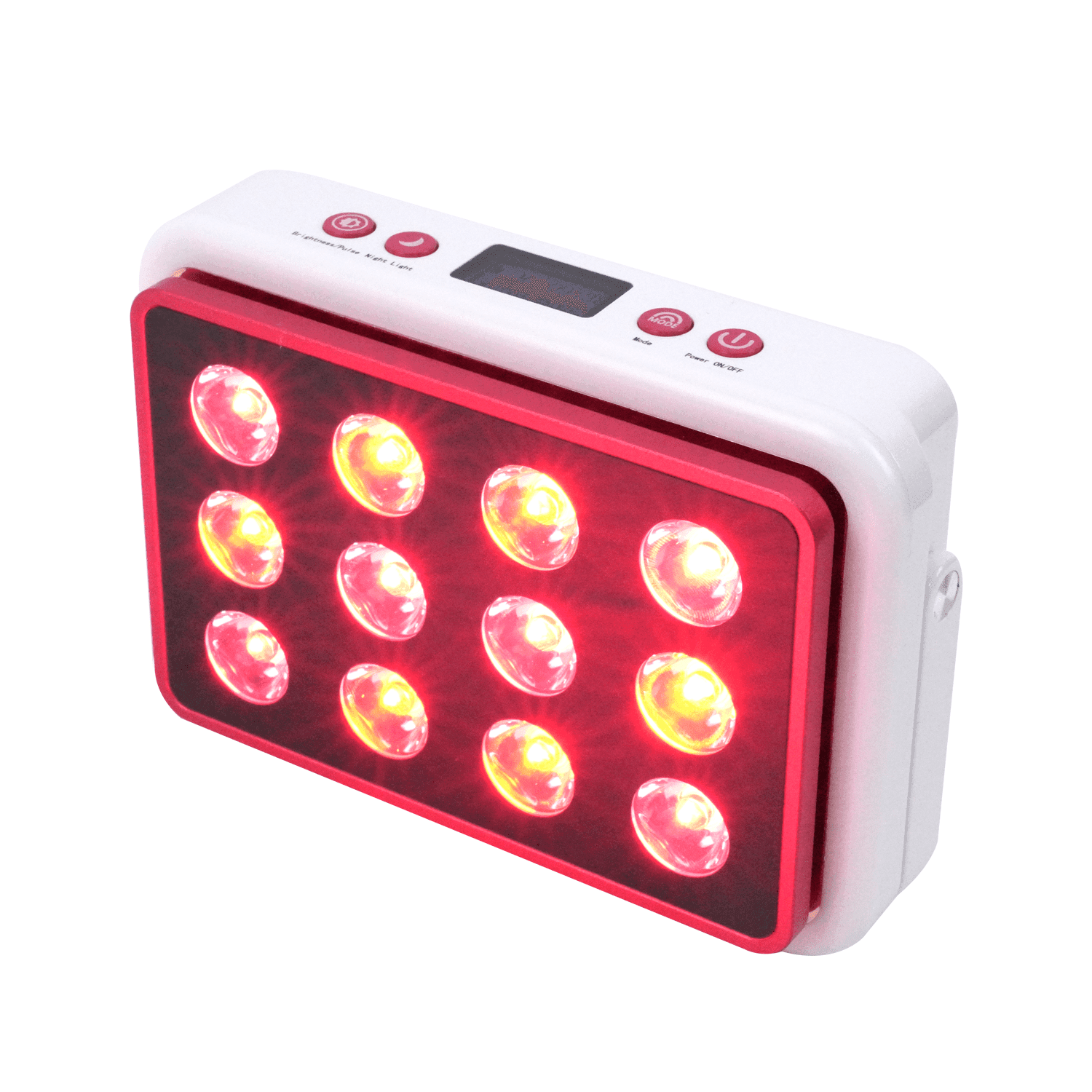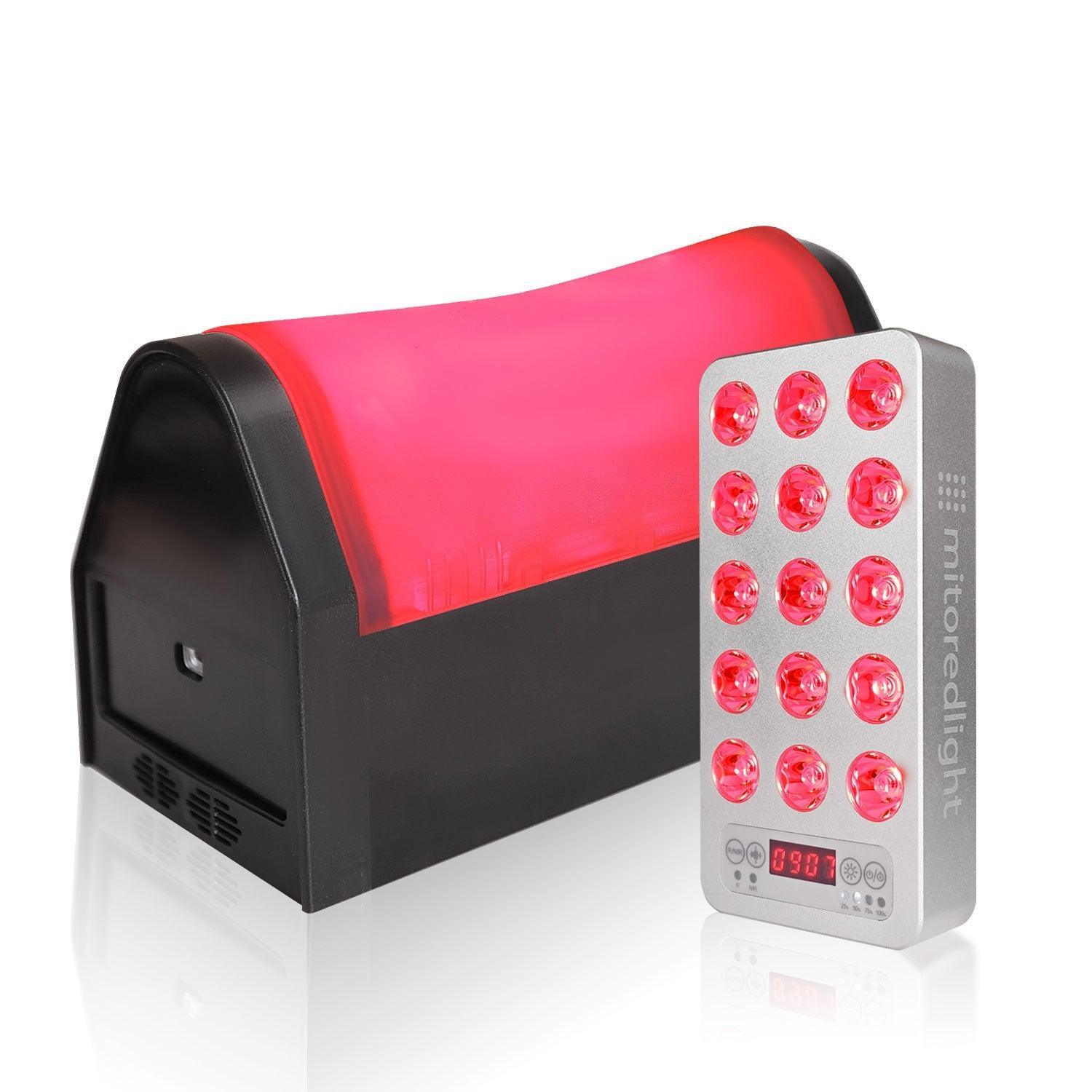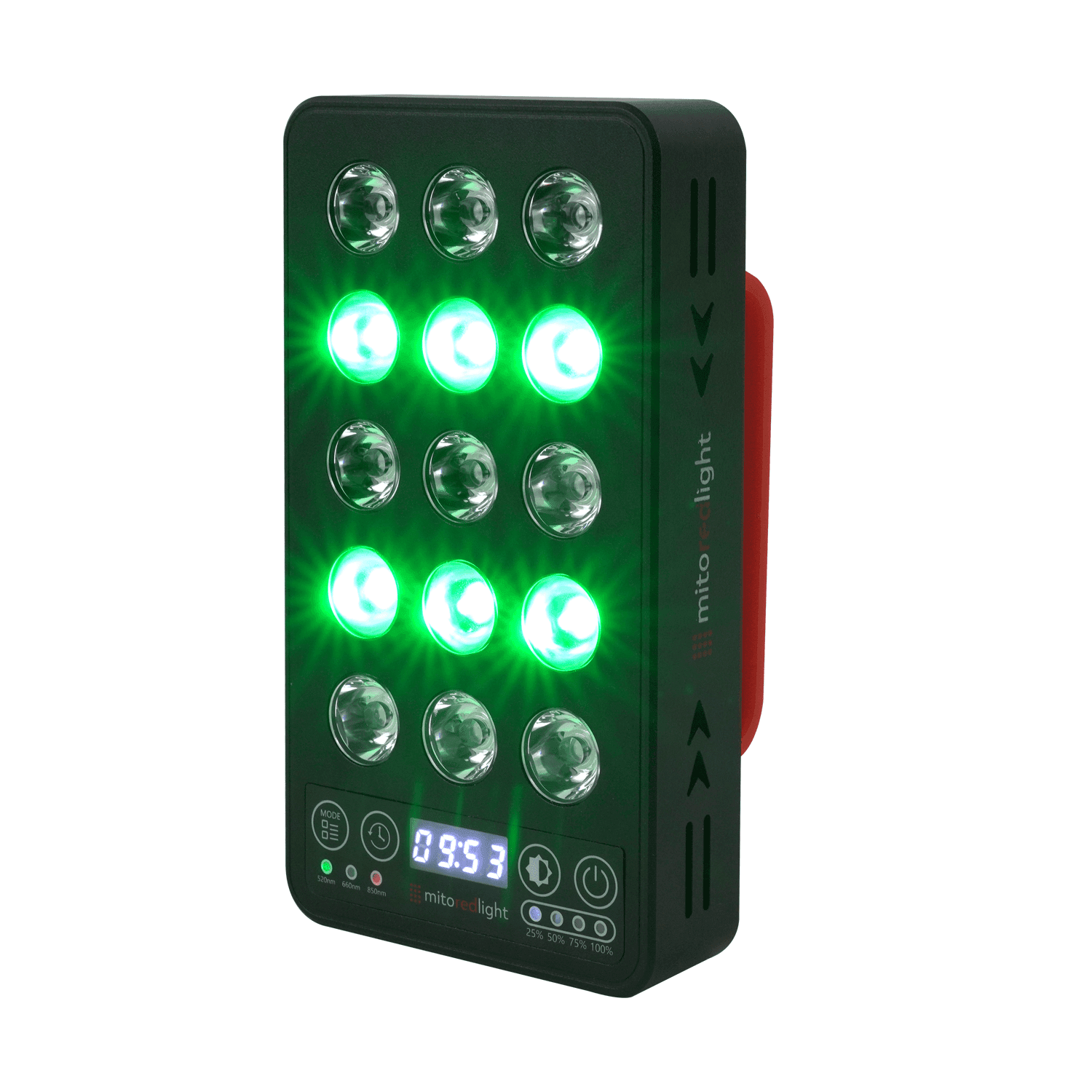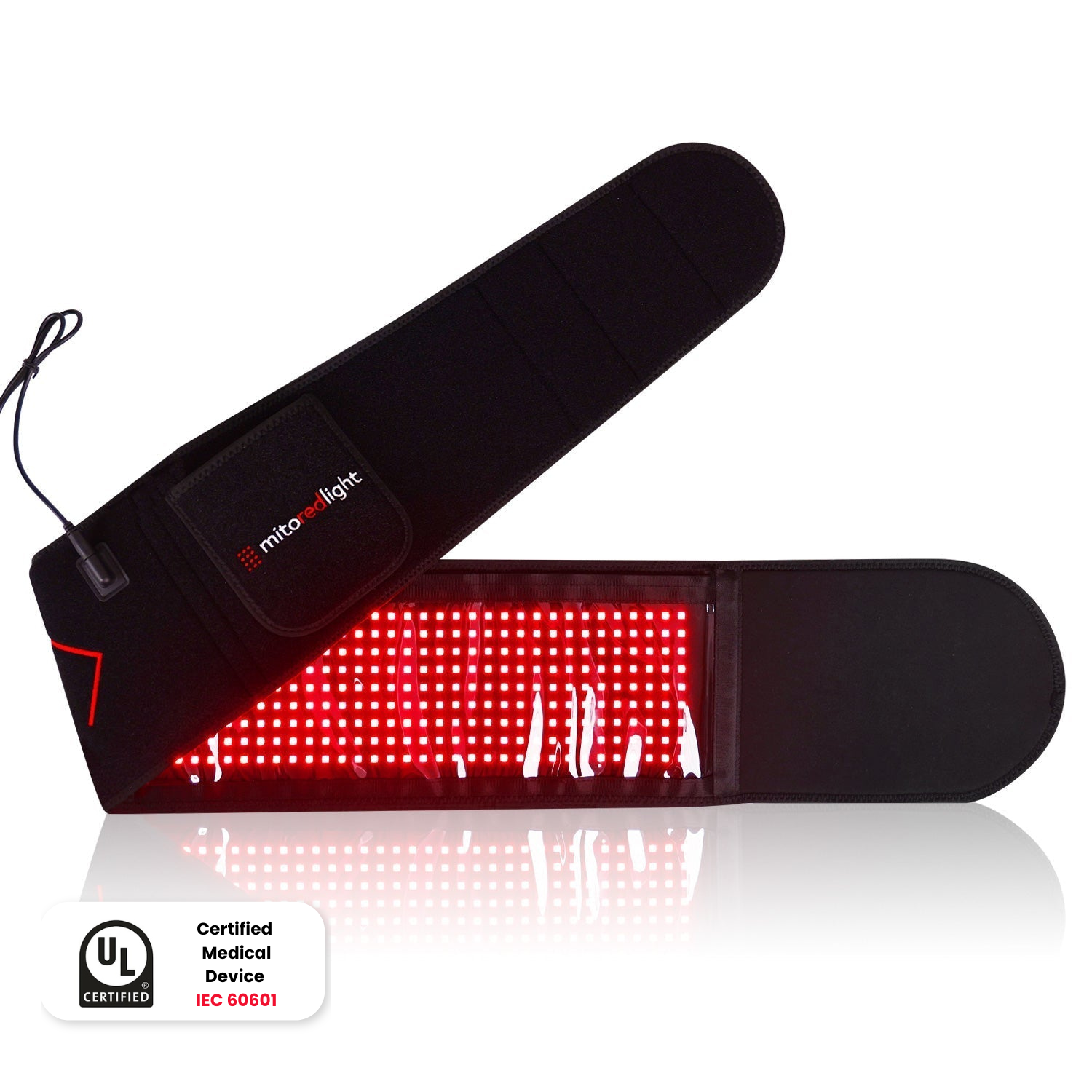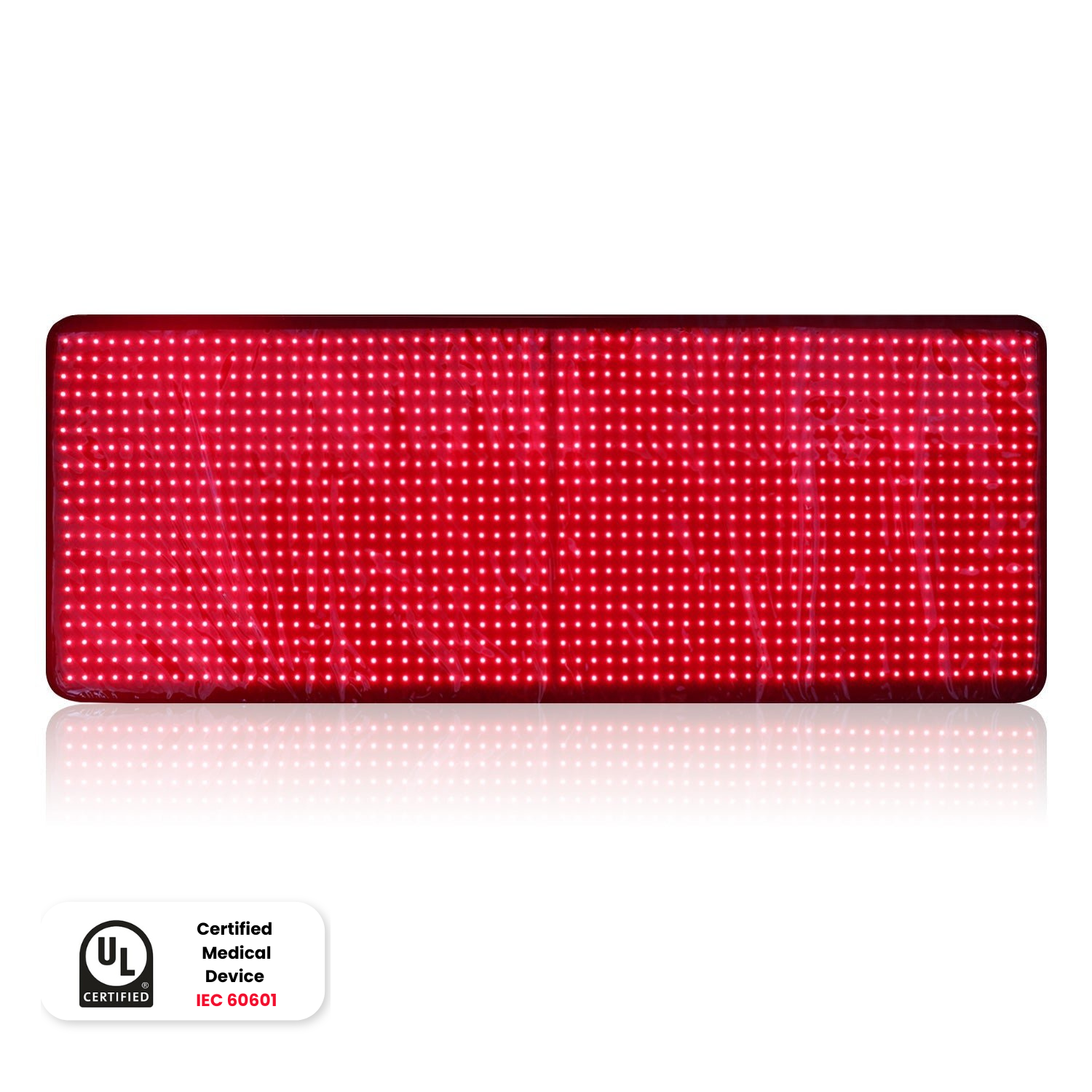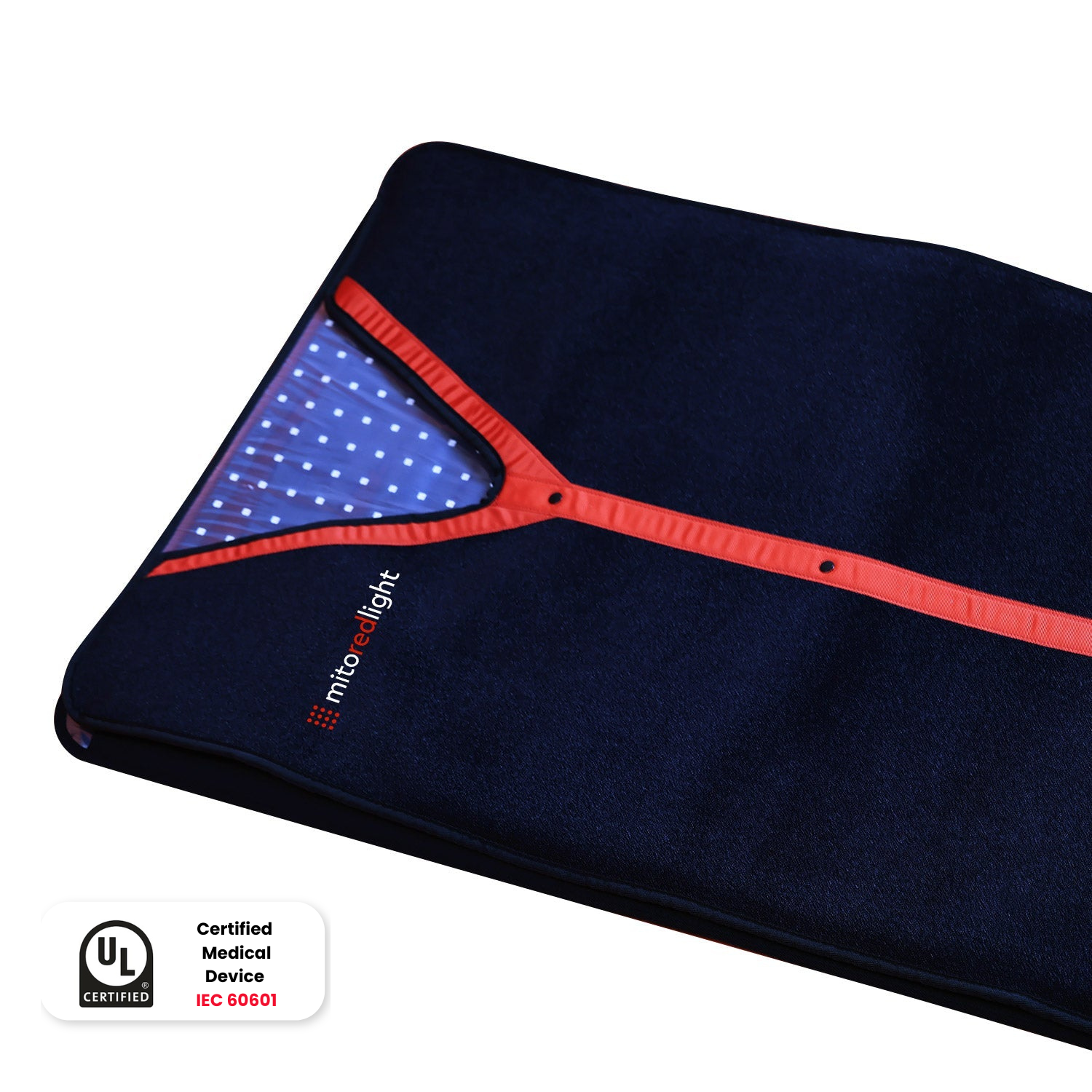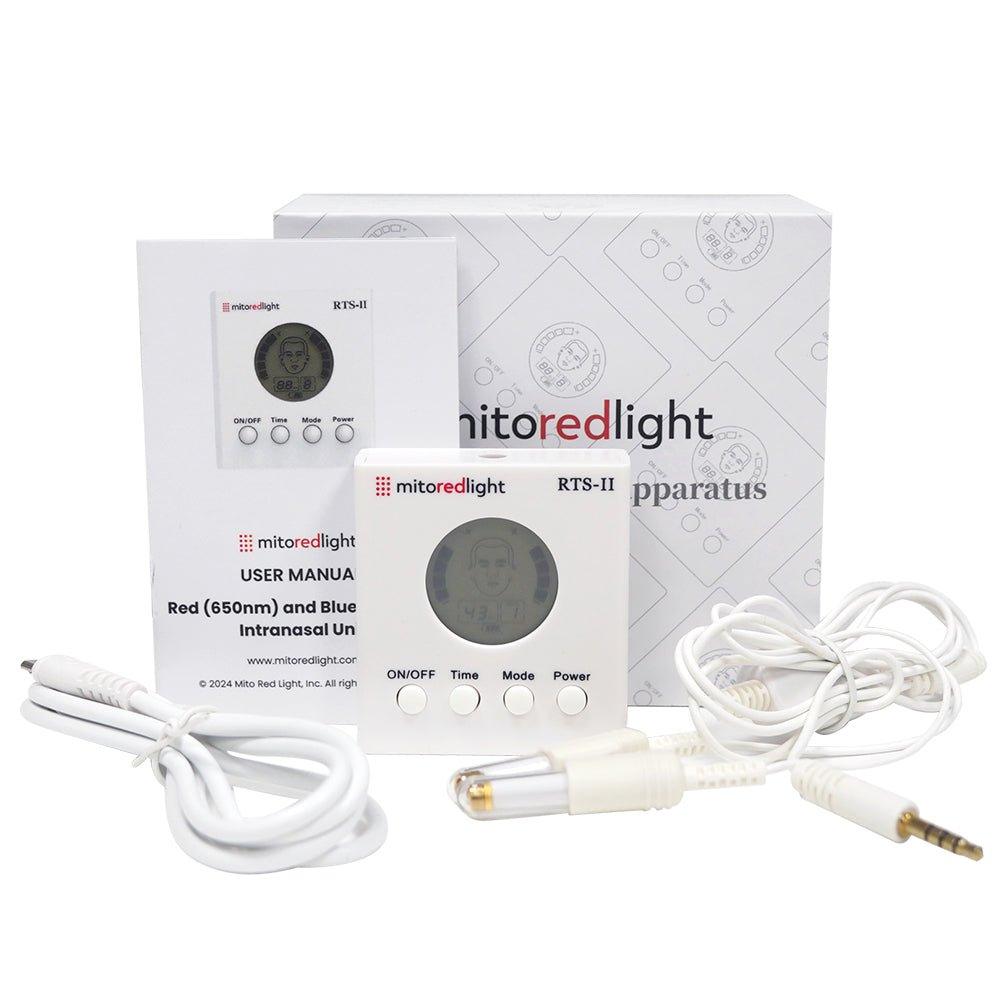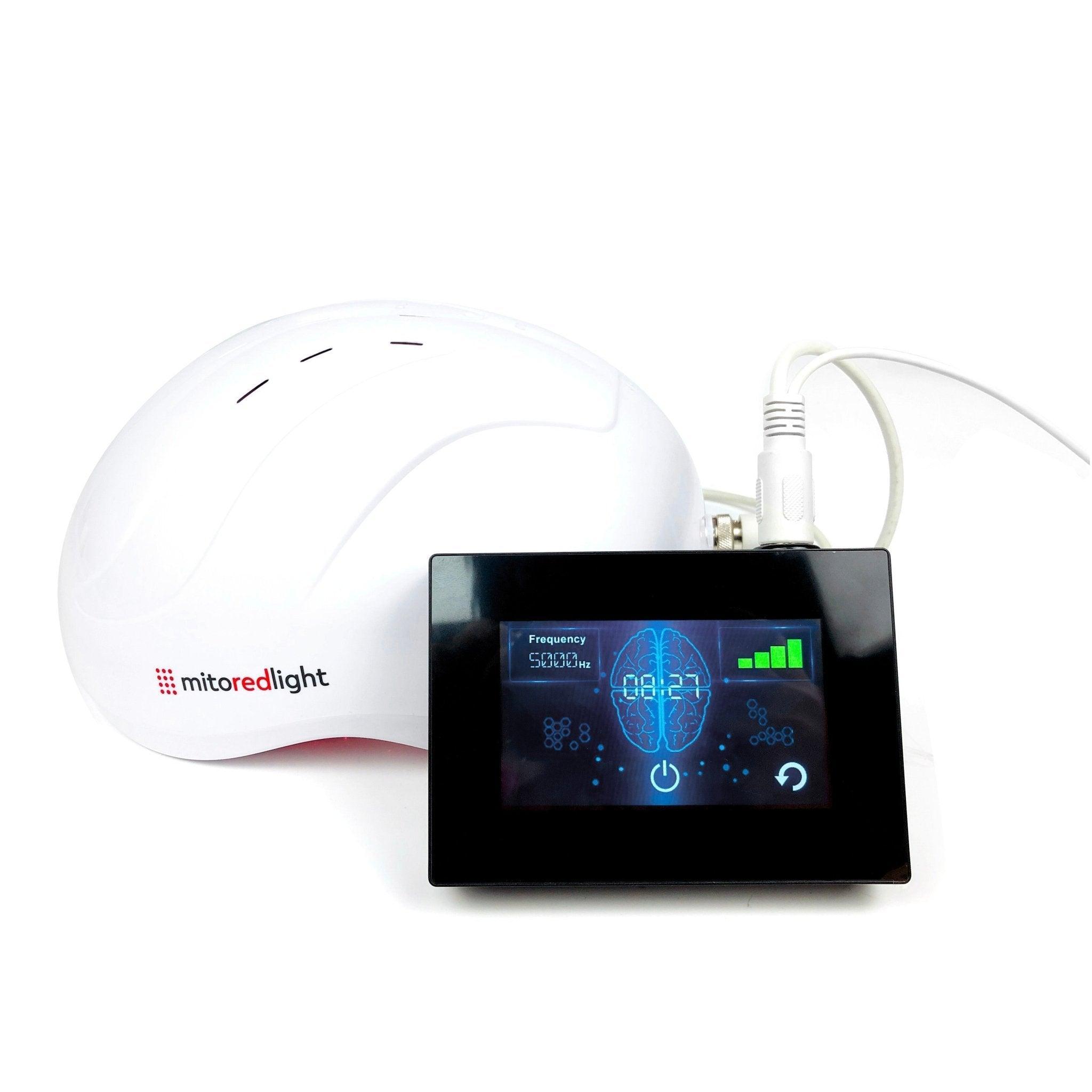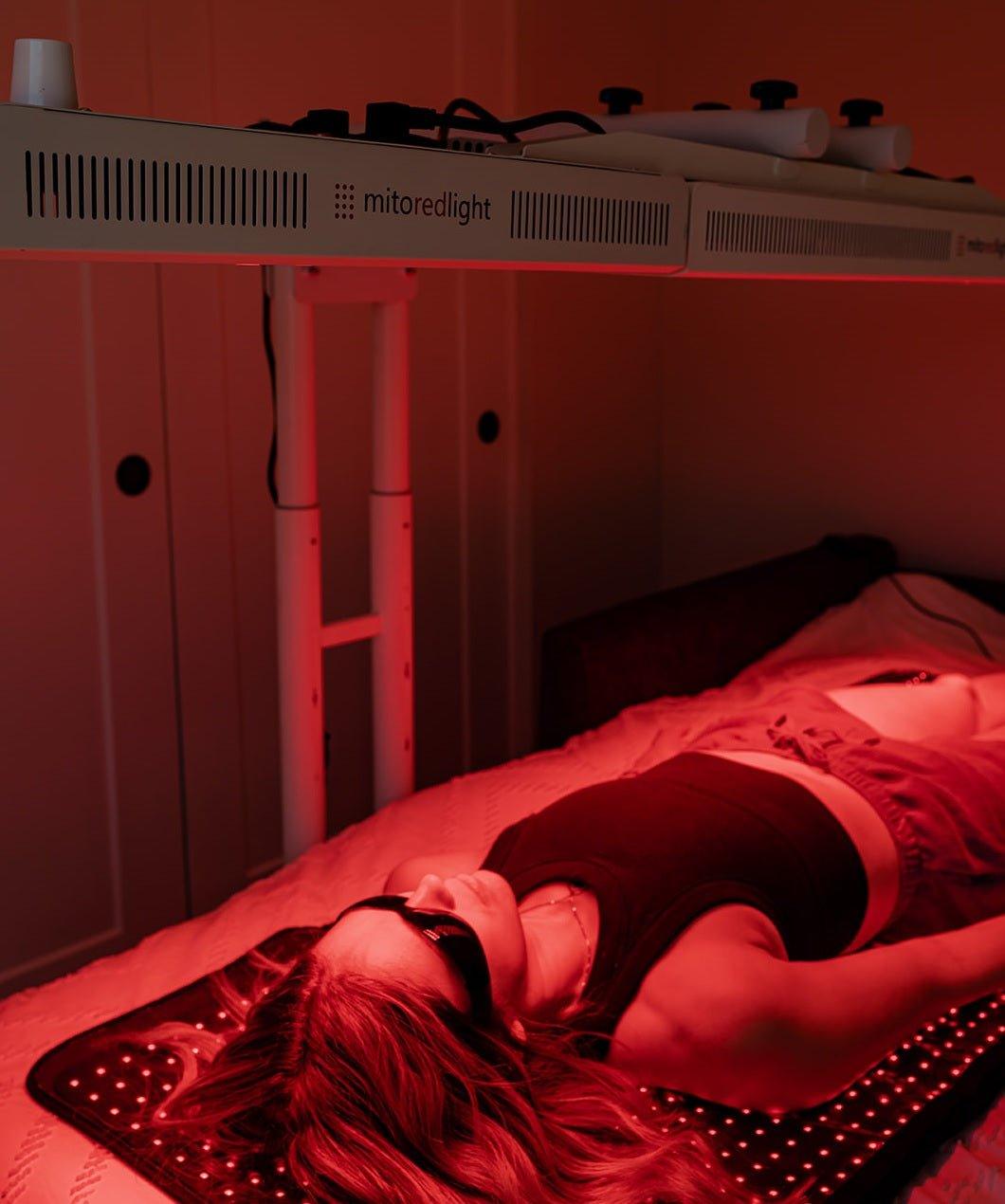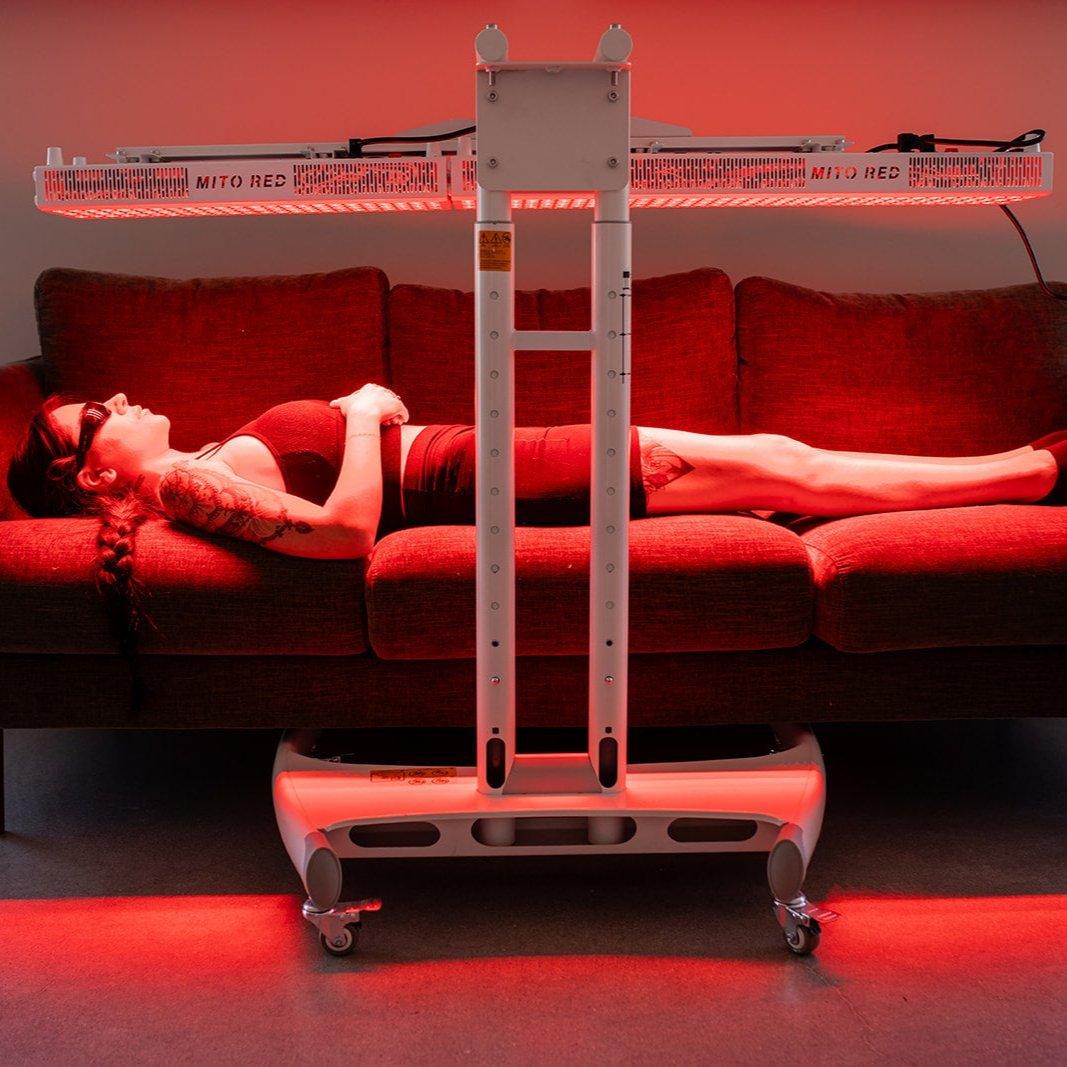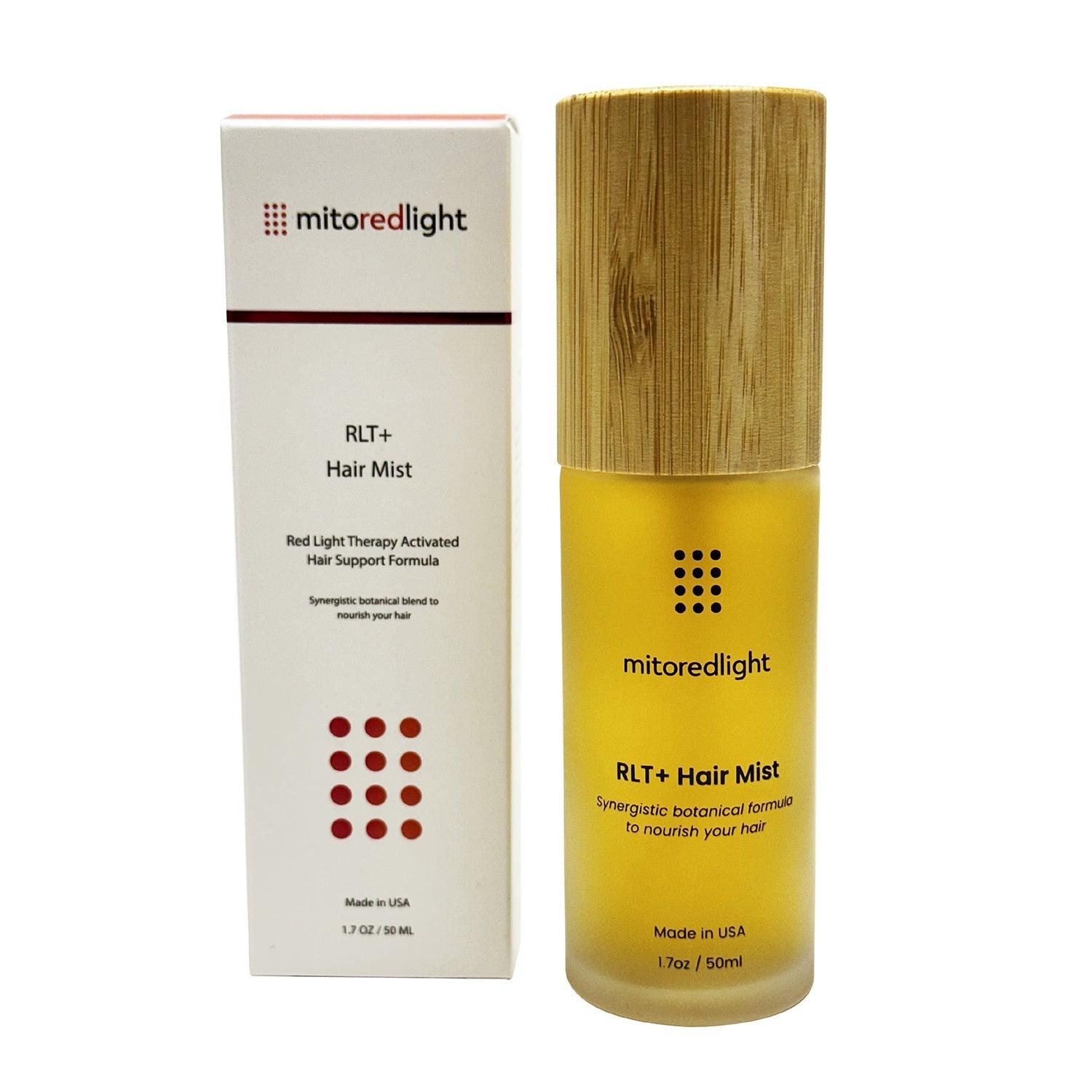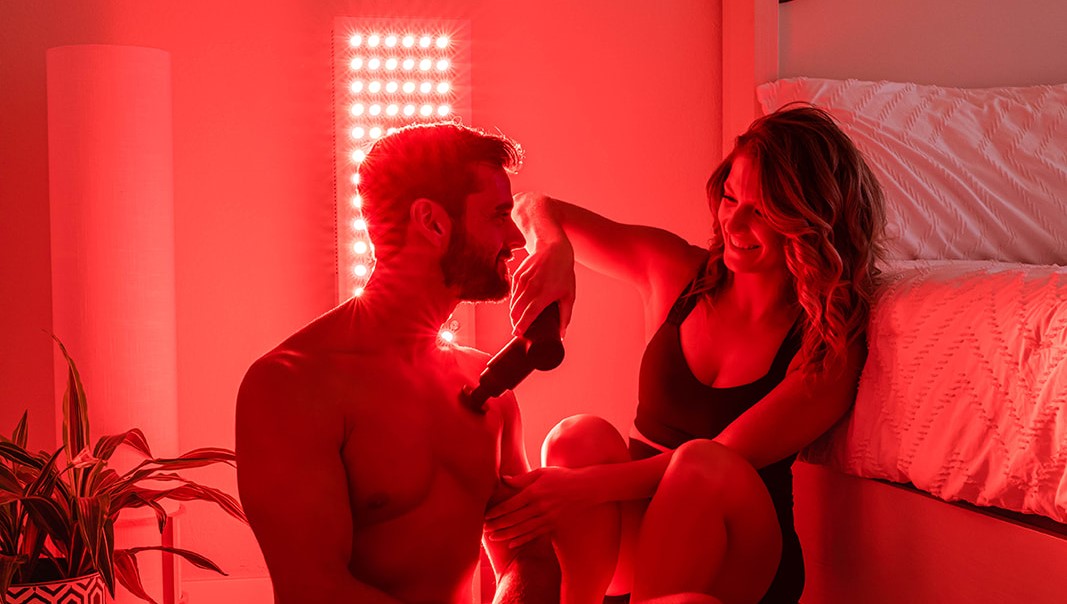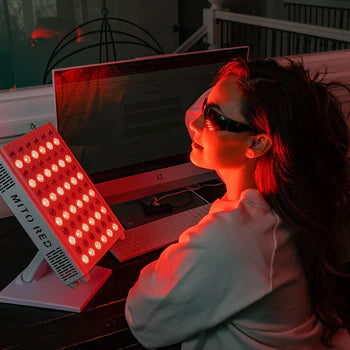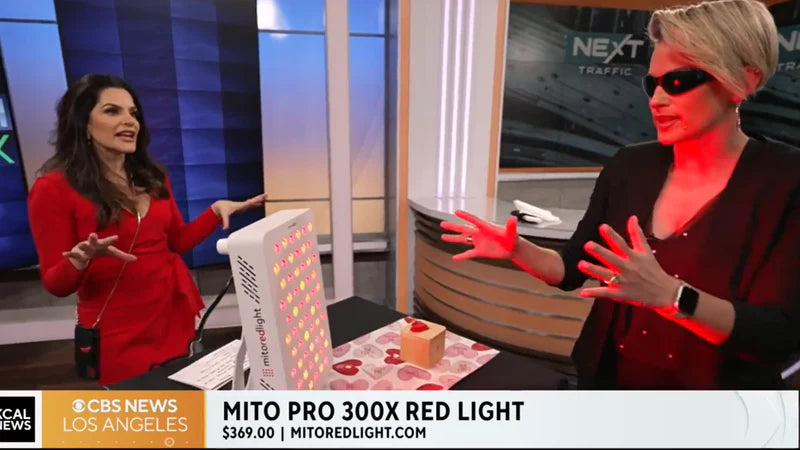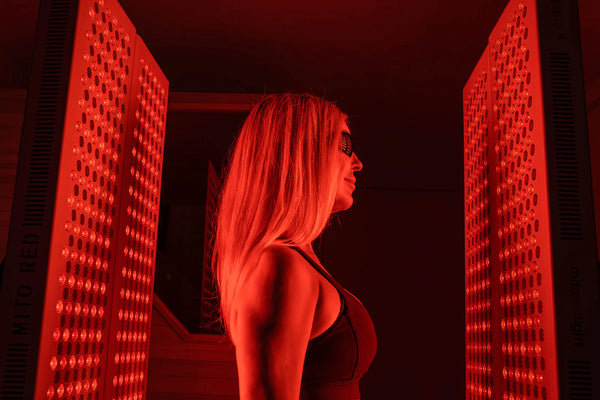Red light therapy beds have become a popular new solution for home and commercial users who want a premium, full-body red light therapy experience.
Six things to consider when shopping for a Red Light Therapy Bed
With many options available, Red Light Therapy Beds can be challenging to compare. Here is a list of six things to consider when looking for a full-body red light therapy bed.
-
Electrical Requirements
-
Size and Space Requirements
-
Price
-
LED Design
-
Wavelength Choice
-
Safety
Electrical
Electrical requirements for a red light therapy bed are not often considered before purchase, but they could add thousands of dollars of unexpected expense to your bed purchase.
220/240 Volt Beds
Many red light beds run on 220/240V and pull 20-50 amps, leading to higher electricity costs, more heat, and installation challenges. So, if you are considering a 220/240 V red light therapy bed for your facility, it is important to consider these factors. It is also a good idea to consult an electrician to ensure your electrical panel has space for a larger circuit.
Another consideration for 220/240 V red light beds is that they generally use smaller LED chips in large quantities, sometimes over 1,000, built into multiple strips (we will dive into why we think that is inferior shortly). Because these beds have so many small LED chips, they consume much more power. Generally, the more amperage a piece of equipment pulls, the more heat it generates. This could equate to a decreased lifespan of components, a hotter and more uncomfortable experience for the user, and a higher monthly operating expense.
110/120 Volt Beds
Red Light Beds, such as our MitoRecharge™, that operate off a standard 110 volt 15 amp outlet, may spark the question of how can 110v beds offer the same power output as a 220v bed if they don't pull as much power?
While this is a common question, we are happy to report that even though our bed consumes less power (less heat, less operation cost, less installation headache/expense), the Irradiance (power output) is the same if not higher than most 220V powered beds! - Scroll down to LED design to learn how we accomplish this.
Mito Red Light MitoRecharge™ is cleverly designed to operate on a standard 110/120-volt circuit without sacrificing the user experience. Its unique two-piece design means both pieces can operate off two 15-amp circuits or one 20-amp circuit.
Size and space requirements
Another common challenge we see with large red light beds is the physical size of the machine. With some units measuring at over 9 feet long, 4 feet wide, and sometimes weighing up to 900 lbs, most of these "tanning bed" styled beds require extensive assembly by a team of technicians to be installed into your facility or home. This can be a long, stressful process and for users in an apartment, condo, shared office building, or other space where access is limited and space is tight, it can be challenging and sometimes impossible to get the bed inside and installed. Many large beds also require over 12' X 12' space, removing valuable room from other equipment.
At over 6 feet 3" long and 27" wide, the MitoRecharge™ is designed to offer plenty of space for the user while being as compact and easy to install as possible. Its unique two-piece design, mounted on rolling castors, weighs less than 200 lbs each, making it easy to move from room to room if needed and even through a standard-sized doorway. The MitoRecharge™ requires minimal assembly and is so easy to install that you and a helper can set it up and running in less than an hour.
Price
This is one of the first things a buyer looks at when shopping for a red light therapy bed.
Many high-priced beds ($70k-100k+) wrap in extra costs for overly complex installation, their marketing, and other related shipping fees. The MitoRecharge Red Light Bed eliminates these hidden fees while maintaining premium quality. Because the MitoRecharge™ is easy to install and has a smaller footprint, our shipping cost is less, we have no installation fees, and we don't engage in extravagant marketing campaigns, allowing us to pass these savings to our customers.
LED Design
With many different designs, it's essential to consider the LED layout and design. Many large beds simply use LED strips with thousands of tiny LED chips emitting light in no specified direction. We believe this is ineffective and one of the main reasons some beds can consume a lot of power but do not put out a very high irradiance.
To solve this, the MitoRecharge™ red light bed uses focusing lens technology to target the user at a specified beam angle.
For example, the bottom half of the Recharge bed comprises 2,200 22-mil LED chips with a 120-degree focusing lens placed on top of them. This provides the user laying right on top of these LEDs optimal coverage throughout the backside of the body and intensifies the power of the diode. The top half of the recharge bed uses 1,000 42-millimeter LED chips with a 60-degree beam angle.
So why are they different? Remember that the top half of the bed is generally further away from the body than the bottom half, which is usually right against those LEDs, so we thoughtfully designed the top half with larger LED chips and a narrower beam angle to again provide the user with even irradiance and coverage on both sides of the body. Think of this as an old-school flashlight where you can adjust the aperture to change the spread of the light. The tighter the beam pattern, the brighter it gets, and the bigger the pattern, the dimmer it gets.
Wavelength Choice
While research continues to emerge on various wavelengths and their effect on the body, many red light devices use just two primary types of light.
-
660nm Red - 660nm Red is widely used in red light therapy for its well-documented benefits in improving skin health, stimulating collagen production, and reducing wrinkles.
-
850nm Near Infrared (NIR) - Very commonly used in other industries, such as security cameras, making it easily accessible. Research has shown that it can penetrate deep into tissues, stimulating mitochondrial activity and enhancing cellular energy production.
-
650nm Red—Unlike most red light therapy beds, which stick to 660nm, MitoRecharge™ includes 650nm, an often overlooked wavelength known for its ability to accelerate wound healing and enhance skin repair at the dermis level.
-
810nm NIR - This wavelength has shown promising results for applications targeting the brain, deep muscle tissue, joints, and ligaments. Studies show that 810nm frequency may help stimulate cellular repair mechanisms, reduce oxidative stress, and promote overall brain health.
Safety certifications
One of the most essential considerations is safety. It is important to review safety certifications obtained by the manufacturer.
The Mito Red Light MitoRecharge™ Bed is built to both our own high standards as well as many international standards, both voluntary and mandatory. Here is a full list of the standards that our red light bed is built to.
-
CE - The CE standard is a mark that indicates a product meets European Union (EU) safety, health, and environmental regulations.
-
MDSAP - The Medical Device Single Audit Program (MDSAP) is a program that allows third-party auditors to perform a single audit of a medical device manufacturer. The audit covers the manufacturer's quality management system and regulatory requirements.
-
ISO 13485 - Manufactured in a facility that meets ISO international quality standards. Ensuring safety and quality in medical device design, manufacturing, and installation.
-
FDA Class II - Our Mito Recharge Bed 2.0 is manufactured in a registered FDA Class II manufacturing facility.
Ready to experience the benefits of red light therapy at home or in your business? Discover how the MitoRecharge™ Red Light Bed can transform your wellness routine.
Businesses that use our Red Light Bed



